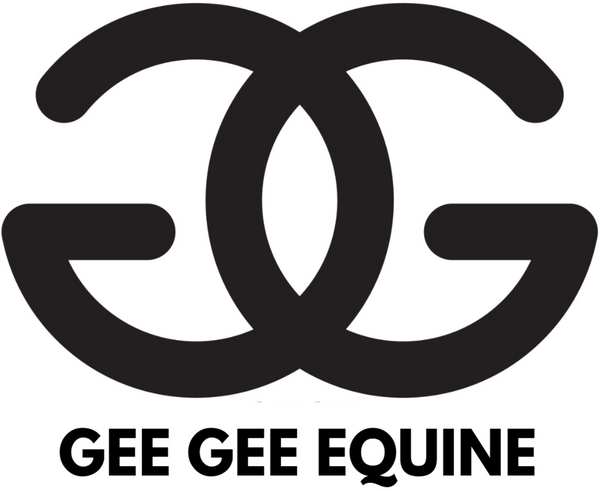Equine Body Condition Scoring Chart
Share
The impact of emaciation or obesity on your equestrian companion’s health is immense. If your horse is healthy, it’ll not only look good but feel great as well. That is why you need to understand your companion’s nutritional needs. An optimum tool to confidently figure out the exact nutrition requirements of your horse is a body condition scoring chart!
Proper horse management can’t and shouldn’t ignore regular body condition scoring. After identifying the body condition score that is appropriate for your horse, you’ll need to keep evaluating the horse from time-to-time. The feed intake of your horse will depend on these evaluations. With regular evaluation, you’ll even be able to determine proper exercises to ensure that the perfect body condition score is maintained.
Ribs
To assess the body condition score of your horse, the first place to look is the ribcage. If the ribs are starkly visible, the score over the ribcage should be below 5. If they can’t be seen, the score will be 5 or above. If you’ve got a very thin horse, the ribs will be prominent. As it gains some weight, you will feel a little padding around the area.
Shoulders
If the score is 5, the shoulder will blend smoothly with the horse’s body. As the score increases, fat starts getting deposited behind the shoulder, and it starts bulging. You can observe this easily behind the elbow region.
Neck
In underweight horses, the bony structure of the neck is visible. Fat gets deposited on the neck’s top when the horse gains condition. The neck will blend smoothly into the horse’s body as the condition score reaches 5.
Withers
The area between the horse’s shoulder blade’s top and the spinal vertebrae will have no fat if it is extremely thin. Both the structures will be discernible easily. When the condition score increases, fat fills the area. The withers appear rounded at a score of 5.
Tailhead
If your horse is really thin, you’ll find that the tailhead is prominent. Once your horse puts on some weight, fat will start filling in around the tailhead. With the condition score exceeding 7, the fat will begin to bulge.
Loin
A score of 5 means the area is relatively leveled. The spine won’t be sticking up, nor will you find a crease or dent when you trace the spine. Below condition score 5, the spine starts becoming prominent. This is called a “negative crease.”
As an equestrian, you need to be mindful of your companion’s body condition score. You can download HYGAIN’s body condition scoring chart. For other equestrian essentials, do explore the collection of products we carry!
